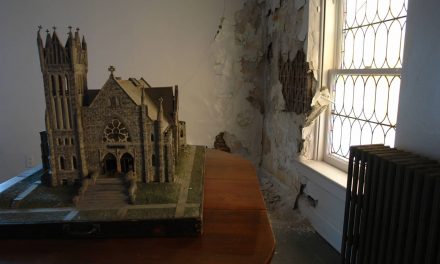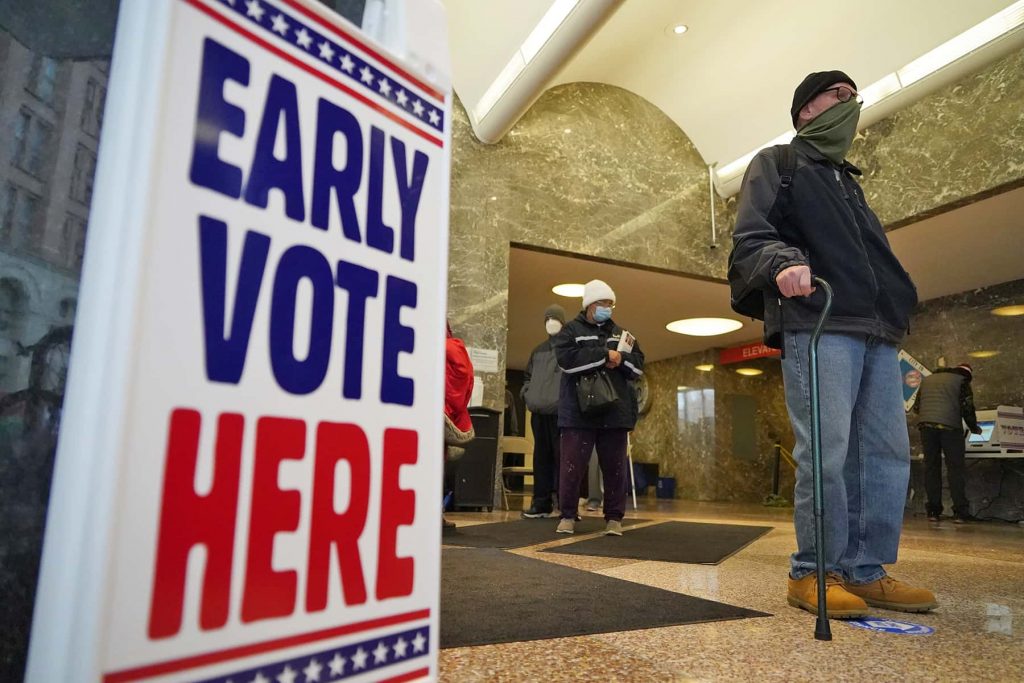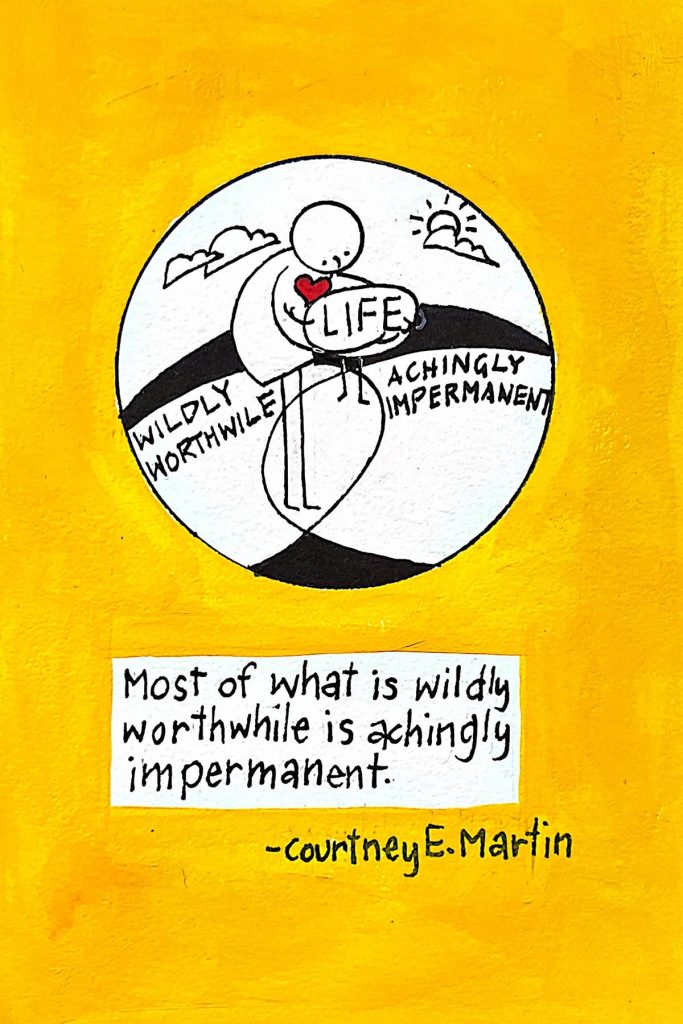
A quiet influx of short-term rentals is reshaping residential neighborhoods across Milwaukee, with thousands of Airbnb-style listings populating areas never intended for transient lodging.
The issue, long overshadowed by noise complaints and tourism discourse, reveals deeper regulatory gaps, especially in zoning enforcement, housing displacement, and owner occupancy compliance.
A review of available public data and third-party rental analytics indicates that entire-home rentals, particularly those operated without an owner present, are proliferating in residential zones where such use is not permitted under Milwaukee’s zoning code.
While the city requires short-term rental (STR) operators to obtain licenses and adhere to zoning laws, enforcement remains sparse, leaving large portions of the city functionally deregulated.
According to aggregated data from platforms such as InsideAirbnb, which tracks listings in urban areas, Milwaukee now hosts thousands of STR units, many of which are concentrated in neighborhoods zoned exclusively for residential use.
A significant share of these listings are entire homes or apartments, not spare rooms — a distinction that carries major implications for both zoning compliance and long-term housing availability.
Overlaying these listings on official zoning maps reveals a pattern of saturation in R5 and RS6 districts — areas designed for single-family or low-density residential use. City zoning ordinances do not permit commercial lodging operations in these zones unless specific conditions are met, including the presence of a full-time resident host.
Yet the data shows a proliferation of STRs that appear to be absentee-managed, with calendar availability showing bookings for more than 180 nights per year, a common threshold indicating full-time operation.
City records show that while Milwaukee’s Common Council adopted a short-term rental ordinance in 2017, licensing compliance remains inconsistent. Tax assessor data also shows that many STR properties are classified as non-owner-occupied, despite operating in zones where owner occupancy is a requirement.
In practice, enforcement of this stipulation appears limited, with few documented fines or legal actions despite clear patterns of noncompliance. The issue is not merely one of administrative oversight — it has measurable impacts on housing availability.
When homes are converted into de facto hotels, they are removed from the rental or purchase markets, tightening supply and contributing to upward pressure on rents in surrounding areas. This effect is most pronounced in neighborhoods near popular commercial corridors, such as Bay View, Riverwest, and Walker’s Point, where STR density is among the city’s highest.
Analysis of property records shows that many of these units are owned by investors who manage multiple listings. In some cases, single owners appear to operate portfolios of five or more properties across the city, an operational model that mirrors small-scale hotel chains.
The prevalence of multi-property ownership reflects operational patterns more consistent with small-scale commercial lodging than with traditional home-sharing. At the root of the issue is the disconnect between zoning enforcement and platform accountability.
While the city maintains a public registry of licensed short-term rentals, there is no active cross-checking mechanism to ensure that listings on platforms like Airbnb or VRBO match the registry. This allows many unlicensed operators to fly under the radar, especially if neighbors do not file complaints or if properties maintain a low profile.
Attempts to track the scope of STR activity using public comment filings and council hearing minutes reveal that concerns are often framed in terms of neighborhood character or nuisance issues. While those are valid concerns, they obscure the structural problem — the use of residentially zoned properties for ongoing commercial activity without the safeguards that typically govern lodging businesses.
Moreover, the city’s zoning enforcement staff remains limited in both number and resources. Public records requests show that the Department of Neighborhood Services has fielded fewer than 100 formal STR enforcement cases since 2020, a figure that pales in comparison to the estimated number of active entire-home listings during the same period.
Even when zoning violations are identified, the penalties are often minimal. Fines for operating an unlicensed or noncompliant STR range from $150 to $1,000, depending on the offense. For hosts generating thousands of dollars per month, these penalties are easily absorbed as a cost of doing business, further weakening deterrence.
The challenge of regulation is compounded by state-level preemption. Wisconsin law prohibits municipalities from banning short-term rentals outright and limits the restrictions they can place on rentals of fewer than 29 consecutive days.
While the law allows for local licensing and health-and-safety requirements, it curtails a city’s ability to cap the number of STRs or restrict them to certain zones, unless grandfathering clauses or existing local codes apply.
This has placed cities like Milwaukee in a regulatory bind, responsible for monitoring and enforcing compliance, but lacking the statutory tools to effectively restrict saturation or displacement. The result is a patchwork of informal norms and voluntary compliance, shaped more by platform policy than municipal law.
In practice, this regulatory bind has allowed large-scale commercial operators to carve out lucrative footholds in Milwaukee’s housing stock with minimal oversight. Publicly available AirDNA data, which tracks occupancy and revenue trends across STR platforms, shows that the city’s most profitable listings regularly generate upwards of $3,000 per month, often from units that would otherwise serve as long-term rentals.
These dynamics have had a visible impact on tenant stability. Housing advocates note that STR proliferation correlates with reduced availability of affordable rental units, particularly in gentrifying neighborhoods.
As investor demand pushes up property values, it becomes more profitable for landlords to convert multi-family buildings into transient-use properties, accelerating the displacement of long-term tenants in favor of higher-yield short-term guests.
City property tax records further complicate the picture. In many cases, properties operating as STRs are still assessed at residential rates, not commercial lodging rates — even when they are functionally used as full-time hotel alternatives.
As a result, many STR properties pay residential tax rates rather than commercial lodging rates, despite year-round rental activity. Meanwhile, their operations may reduce neighborhood cohesion and long-term housing security.
Efforts to close this gap have moved slowly. Although Milwaukee’s Common Council has held hearings on STR zoning and tax policy, proposals to tighten restrictions or adjust assessments face steep opposition, both from the tech platforms that profit from listings and from property owners who see short-term rentals as an income lifeline in a volatile housing market.
In areas like the Lower East Side, some community organizations have begun organizing around the issue, calling for zoning map updates and real-time enforcement mechanisms. They argue that without stricter definitions of legal STR zones and consistent verification of owner occupancy, the city risks letting commercial lodging masquerade indefinitely as residential use.
But the platforms themselves offer little assistance in enforcing local codes. Airbnb and its competitors typically defer to hosts to comply with local laws, offering only voluntary tools like self-certification forms or links to municipal websites.
Without mandatory data sharing or active vetting, Milwaukee officials are left to rely on piecemeal audits and resident complaints to track illegal listings, a reactive model that favors scale over accountability.
Attempts to create real-time STR monitoring systems, using automated scraping and geographic matching, have been proposed but not implemented citywide. Licensing data remains static, rarely updated more than annually, and zoning enforcement does not currently include routine cross-verification with public rental platforms.
State legislators have also shown little appetite for returning STR control to cities. The 2017 preemption law, backed heavily by industry lobbying, remains in place, limiting municipal leeway to regulate saturation or apply zoning-specific caps.
Unless that law changes, Milwaukee and other Wisconsin cities are forced to navigate a narrow regulatory path, where enforcement depends more on creativity and political will than statutory clarity.
The implications extend beyond housing. With many STRs located in areas with limited street parking or shared waste collection systems, unregulated growth introduces pressure points on local infrastructure.
Blocks once occupied by stable long-term tenants now contend with weekly turnover, security concerns, and trash overflow — issues that disproportionately affect neighbors but remain diffuse in the city’s regulatory calculus.
What remains clear is that Milwaukee’s current system for managing short-term rentals is built on uneven enforcement, permissive zoning interpretation, and state-imposed limits on local authority.
While data exists to identify violations, the city has not invested in the mechanisms or staffing necessary to act at scale. And in the absence of consistent oversight, investor activity continues to reshape residential neighborhoods — one listing at a time.
As other cities move toward stricter STR limits, dynamic licensing models, and platform accountability, Milwaukee’s challenge is twofold: enforcing the rules already on the books, and building a policy framework capable of balancing home sharing with housing equity.
Until then, the unchecked growth of short-term rentals in residential zones will continue to blur the lines between home and hotel, and between public interest and private profit.
© Art
Isaac Trevik














